Chemistry > Virtual Clinical Experiment (VCE) > CHEM120 Week 1 Virtual Lab: Atomic Structure Part I and Part II (All)
CHEM120 Week 1 Virtual Lab: Atomic Structure Part I and Part II
Document Content and Description Below
CHEM120 Week 1 Virtual Lab: Atomic Structure Part I and Part II OL Lab 2: Atomic Structure: Assess the possibility of life on other planets Learning Objectives • Explain the ... concept of an atom • Explain the properties of the basic subatomic particles: protons, neutrons, and electrons • Define the atomic number and atomic mass • Define isotopes • Identify the basics of the quantum atomic model and describe the significance of the four quantum numbers Atoms and the subatomic particles Everything you see around you is made up of atoms, and all atoms consist of subatomic particles. In the Atomic Structure simulation, you will learn the names and properties of the basic subatomic particles and understand how changing the number of electrons may charge an atom either positively or negatively. Identify different elements from the periodic table As a part of your mission, you will be teleported to an exoplanet to explore on your own, collect samples and come up with observations regarding the presence of life on the planet. Back in the laboratory, you will investigate the properties of the elements you brought back from the exoplanet. The periodic table will be close by to advise and guide you. What is an isotope? In order to understand the main properties of an isotope in the Atomic Structure simulation, you will use the holo-table. With the holo-table, you will be able to see a magnified atom of Lithium, and you will get the chance to build different isotopes of the same element. The quantum model and quantum numbers At the end of the simulation, you will be introduced to the quantum mechanical model of an atom and the four quantum numbers that provide all the necessary information to describe the orbits of the electrons around the nucleus. Part 1: Complete Labster Lab Atomic Structure: Assess the possibility of life on other planets Complete all activities and answer all questions within the lab. Part 2: Report and Reflection Purpose: Describe in complete sentences and in your own words, the purpose of this experiment. The purpose of this experiment was to assess the possibility of life on other planets. It is also design to initiate students to the structure of an atom. Observations: Record three observations from the simulation. 1. The nucleus (center) of the atom contains the protons (positively charged) and the neutrons (no charge). 2. The outermost regions of the atom are called electron shells and contain the electrons 3. From Bohr model, electrons travel in defined circular orbits around the nucleus, and electrons can jump from one orbit to another by emitting or absorbing energy. Answer the questions below: 1. In your own words, explain the terms below: a. Ion: an ion is a charged atom b. Isotope: an atom that has the same proton and electron number, but different neutron number. 2. Describe the three subatomic particles that make up atoms. Be sure that you include their locations within the atoms. Proton: subatomic particle with a positive electric charge. It is located in the nucleus of an atom. Neutrons: subatomic particle with no electric charge and a mass slightly greater than that of a proton. It is located in the nucleus of an atom. Electrons: subatomic particle whose electric charge is negative one elementary charge. They are found in shells or orbitals that surround the nucleus of an atom. 3. You have an atom of carbon with a mass number of 14. Determine the number of protons, neutrons, and electrons you would expect this atom to possess. Carbon-14: 6 protons, 6 electrons, and 8 neutrons. 4. Reflection: Consider what you learned from this simulation. Reflect on three to four key concepts that you learned in this lab exercise. How could the lessons learned in this virtual lab relate to a real world situation in the community/world or your future career? Be specific in your answer (this should require 5-10 sentences). One of the key concepts in this lab is the atomic structure. The atomic structure is made up of the protons and electrons found in the nucleus, and protons along the orbit of an atom. Mass number is another concept that focuses on the sum of the number of protons and neutrons. Also, an isotope is another concept that refers to an atom with the same proton and electron number but different neutron numbers. In reference to everyday life, atoms are extremely important structures that make up all of the materials on earth. Atoms are in our bodies, and they bond together to form molecules, which make up matter. For example, hydrogen atom (H) and 2 Oxygen (O) atoms come together to form water (H2O) molecules. Grading Rubric: Activity Deliverable Points Part I Complete simulation 9 Part II Complete lab report and answer questions • Purpose (1 point) • Observation (3 points) • Questions (3 points) • Reflection (2 points) 9 Total Complete all lab activities 18 [Show More]
Last updated: 1 week ago
Preview 1 out of 4 pages
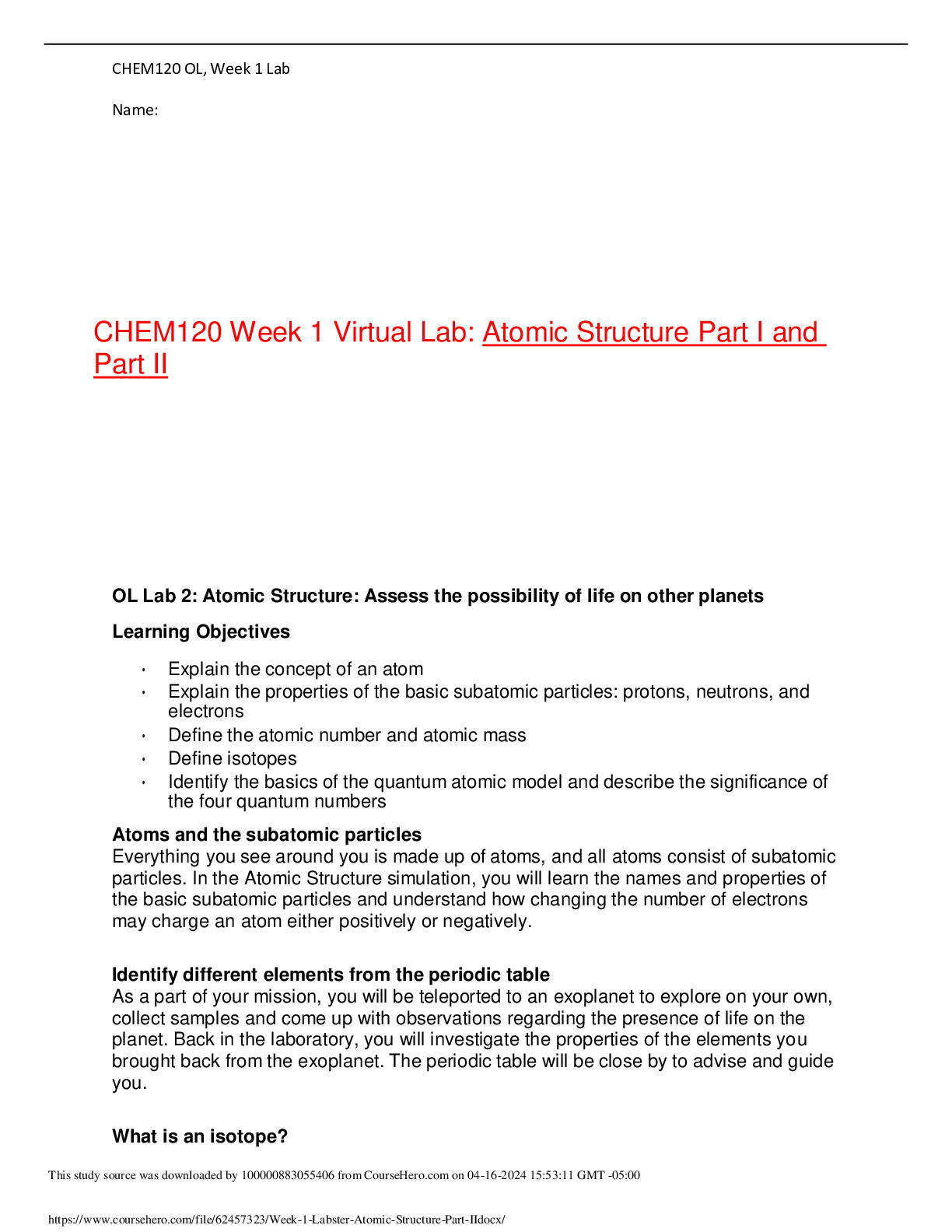
Reviews( 0 )
Document information
Connected school, study & course
About the document
Uploaded On
Apr 18, 2024
Number of pages
4
Written in
Additional information
This document has been written for:
Uploaded
Apr 18, 2024
Downloads
0
Views
18

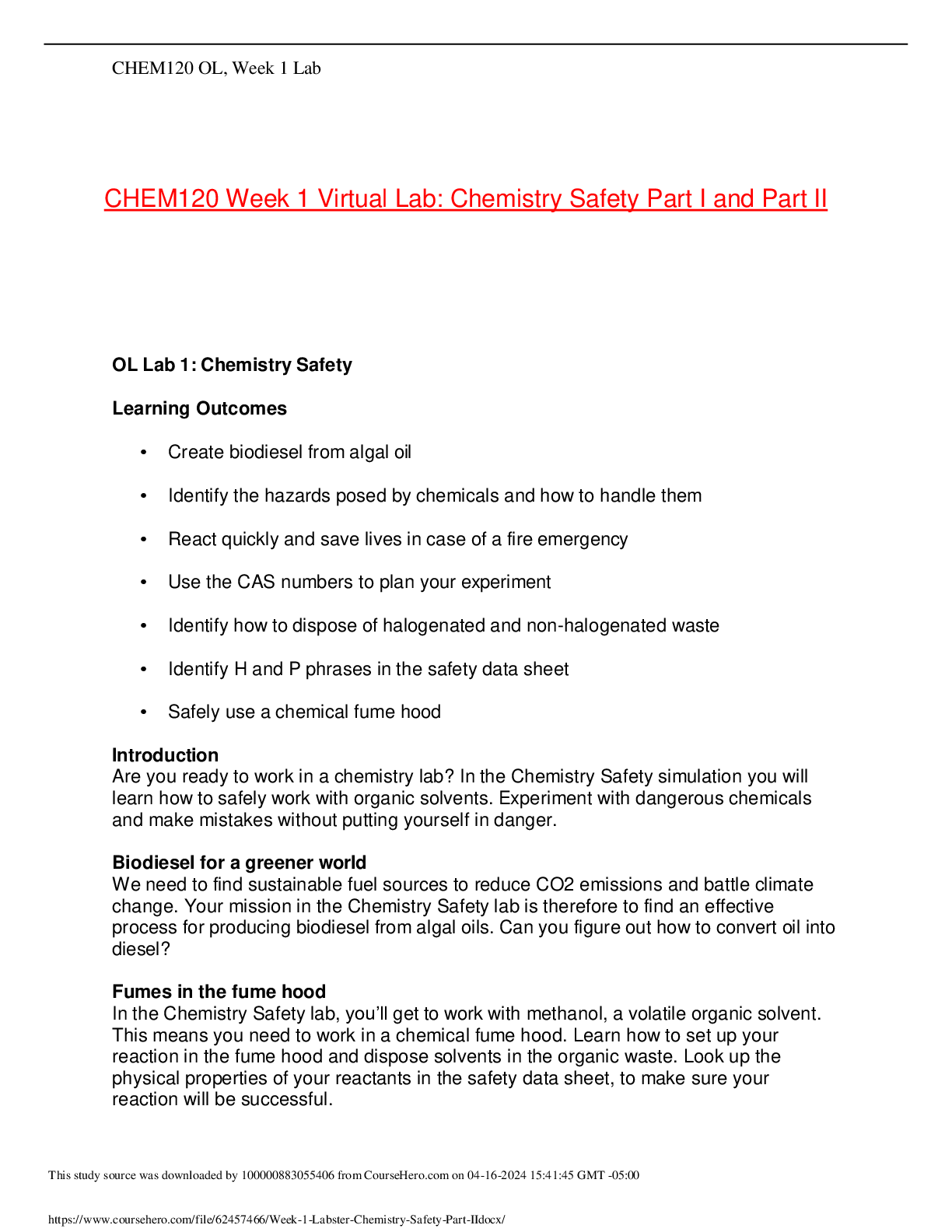
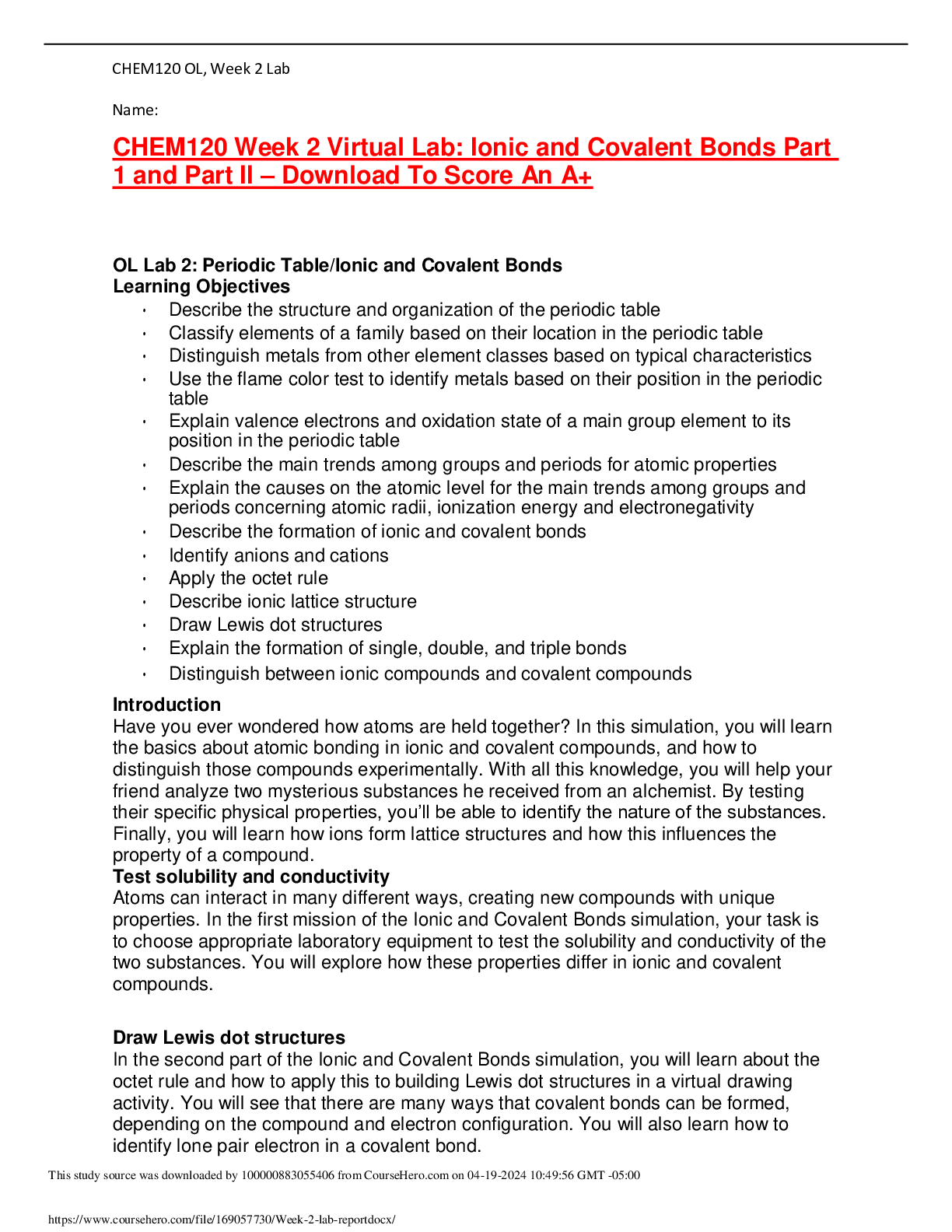

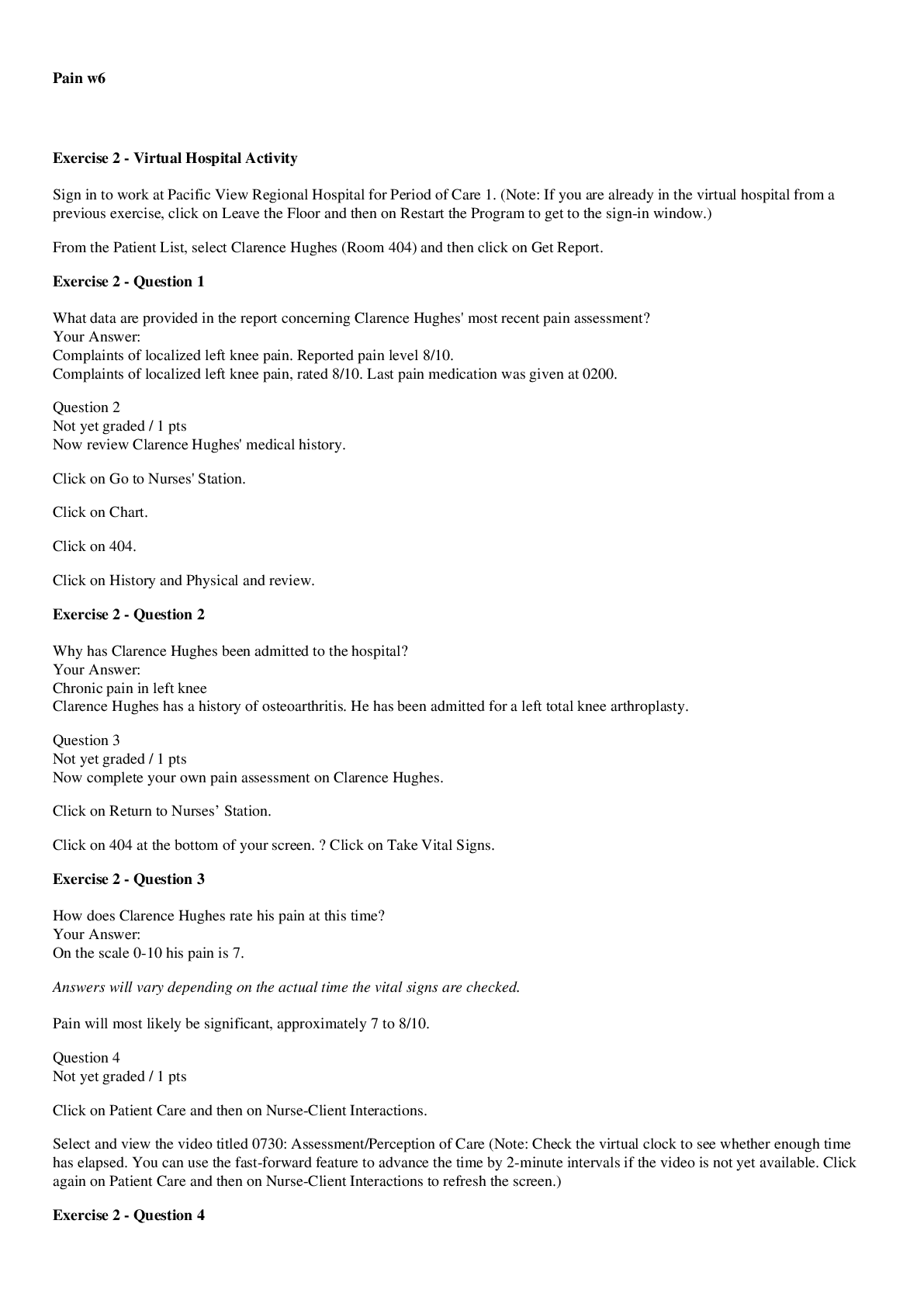

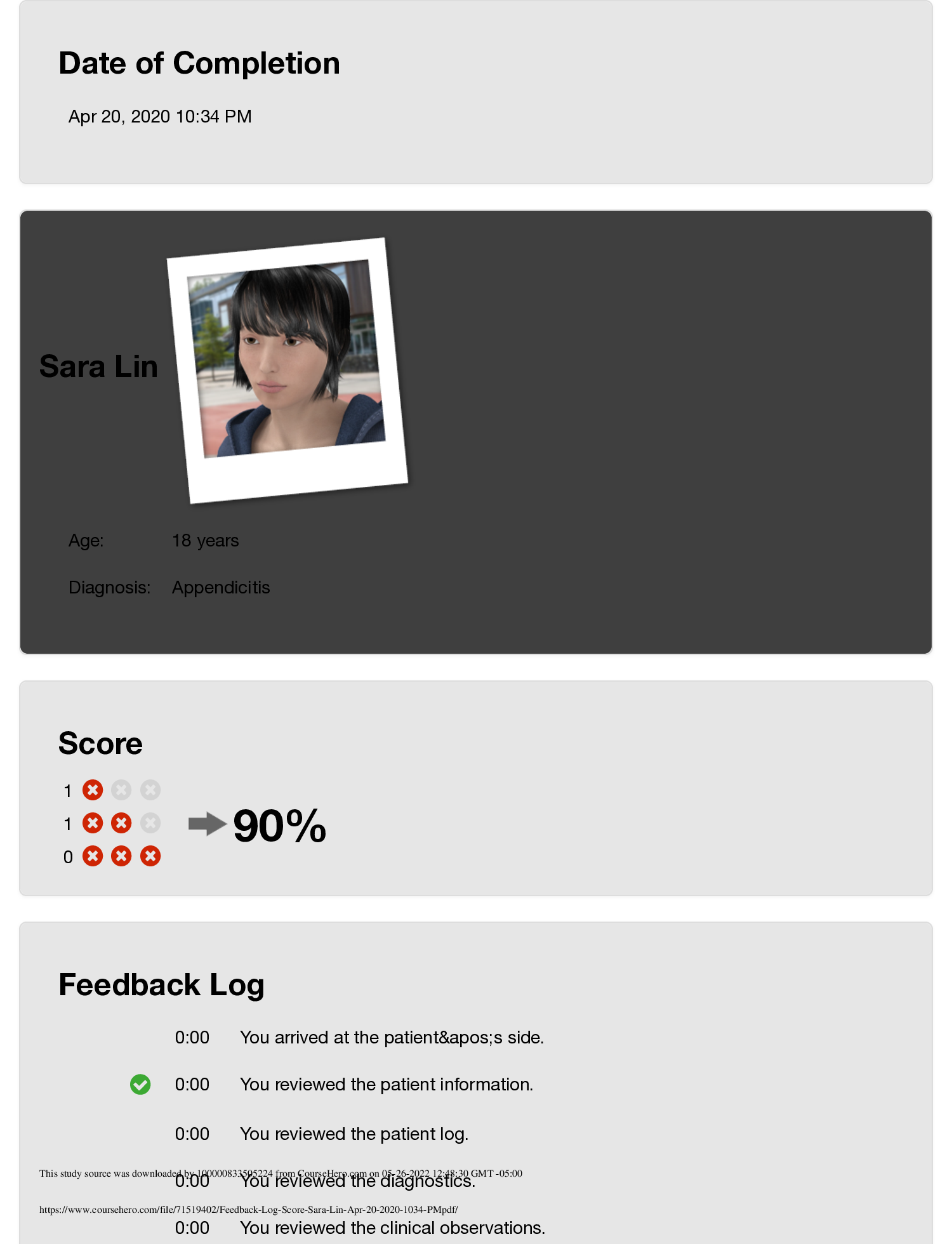
.png)
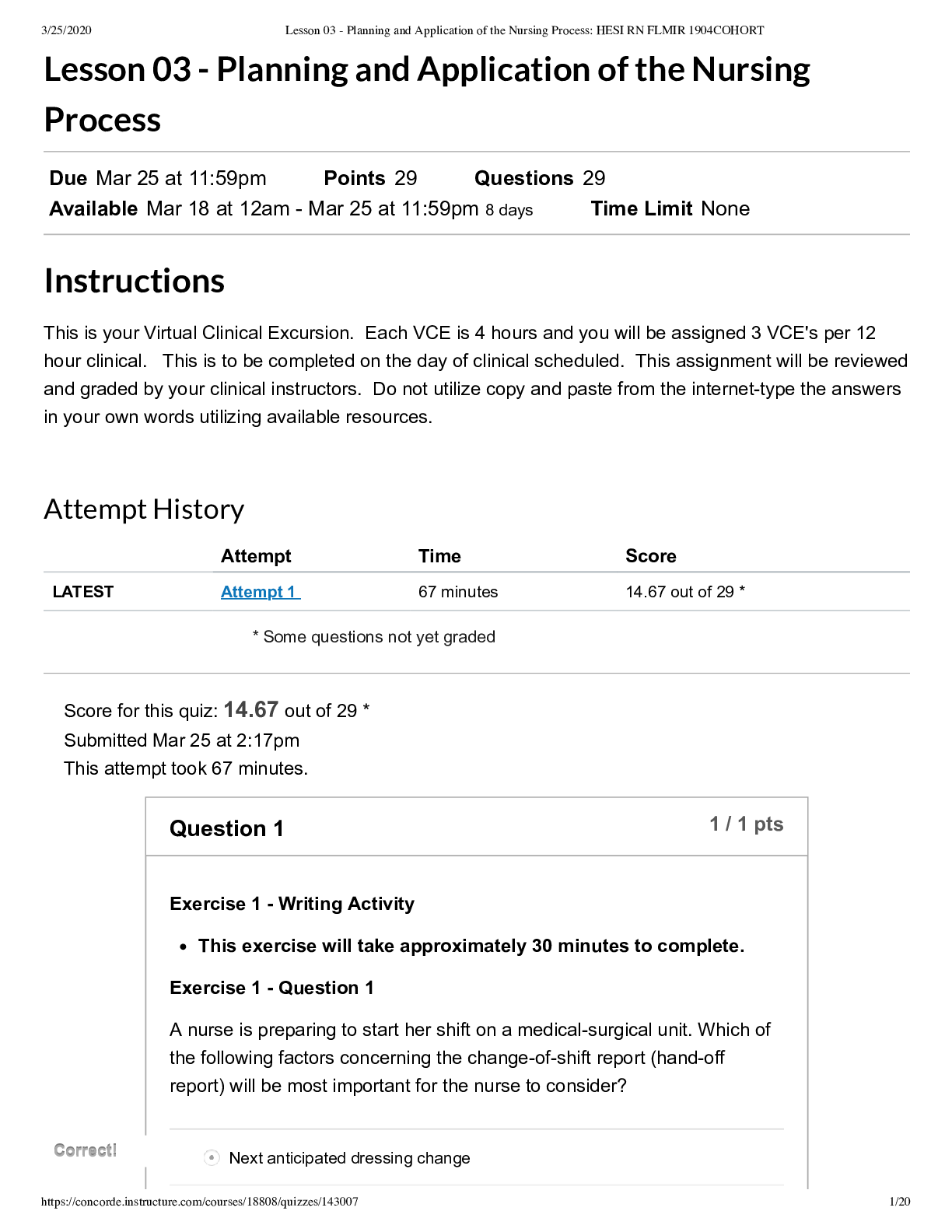

.png)
.png)

